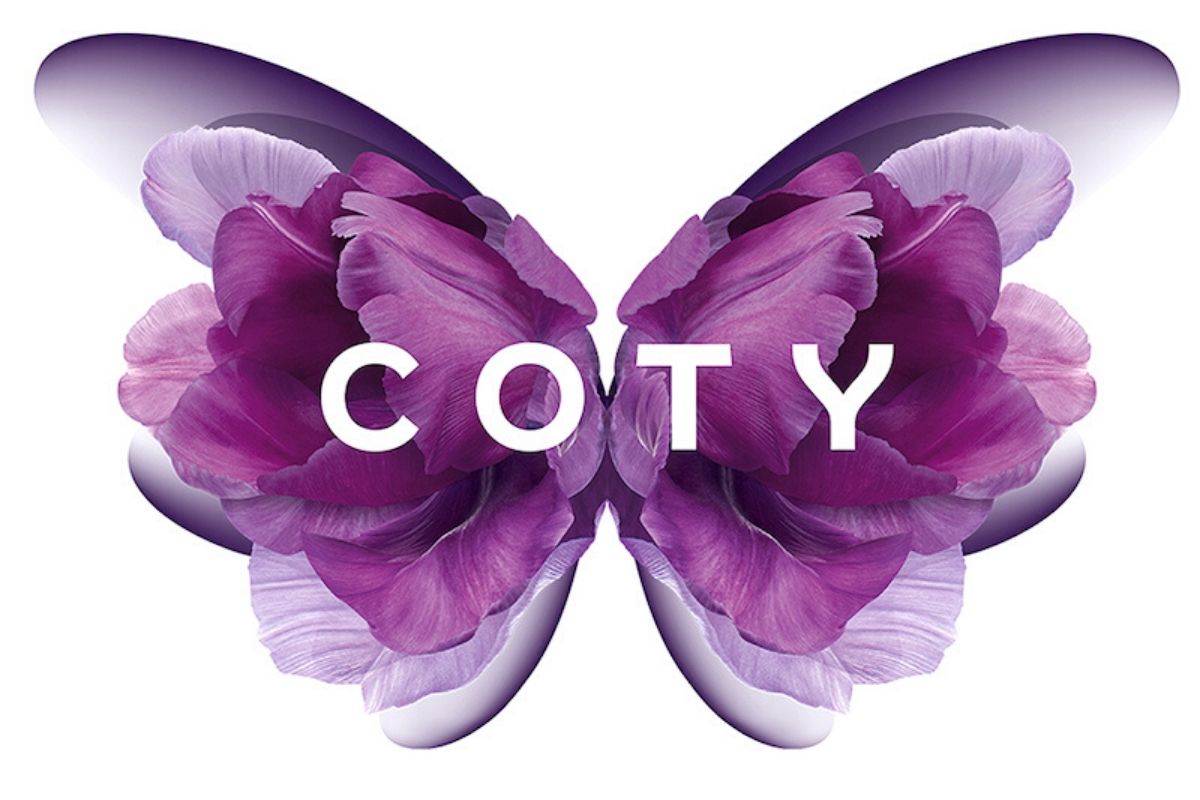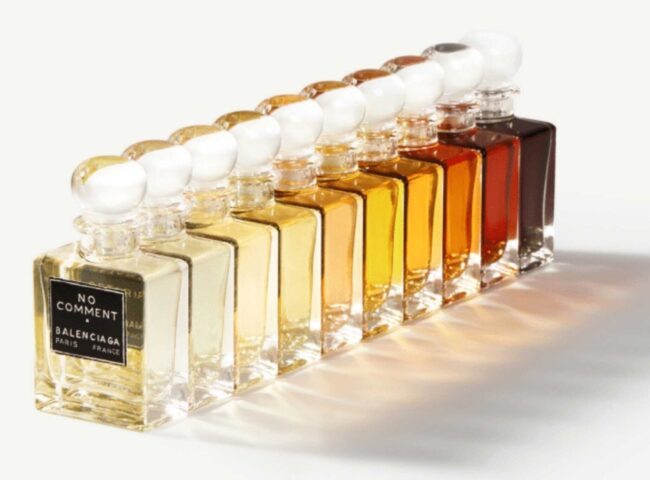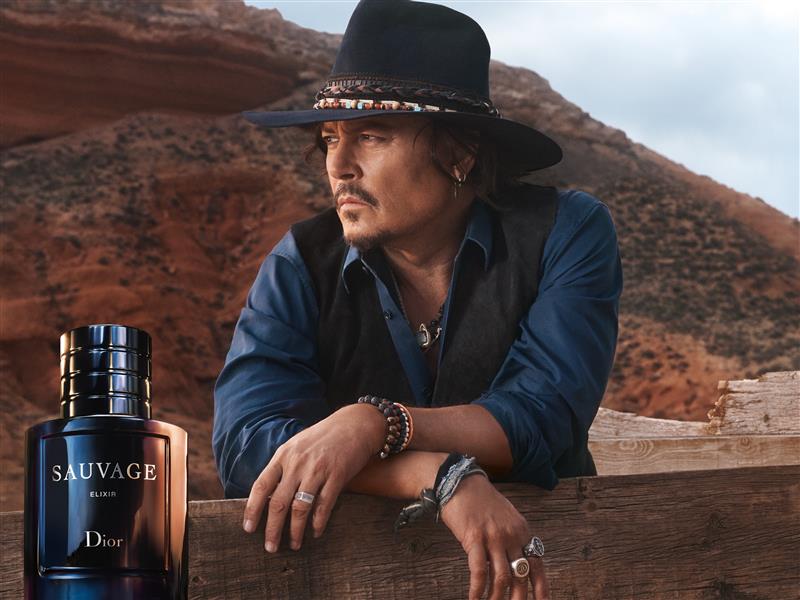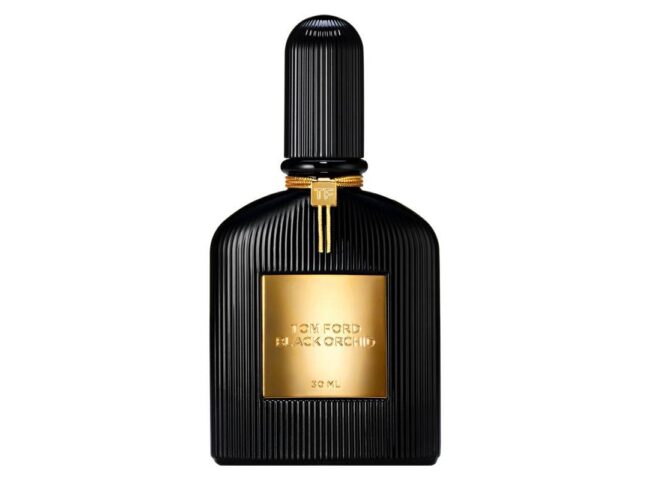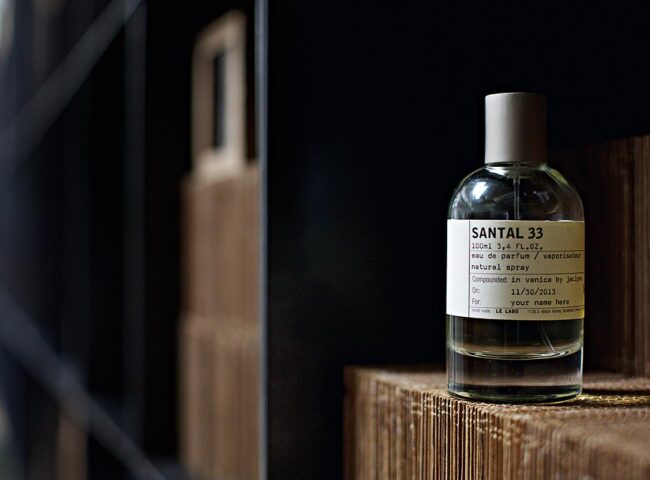The cosmetics powerhouse just made a massive strategic pivot that could reshape how we think about the beauty industry – and it’s all about following the money.
When a $5.9 billion beauty conglomerate suddenly announces it might sell off iconic brands like CoverGirl, Rimmel, and Max Factor, you know something major is happening behind the scenes. That’s exactly what Coty did last month, and the reason is surprisingly simple: fragrance is where the money is, and everything else is becoming a distraction.
Fragrance Is Officially the Beauty Industry’s Golden Child
Here’s the reality that’s driving Coty’s dramatic strategy shift – fragrance now represents 69% of their total sales and generates the majority of their profits. While the broader beauty market struggles with single-digit growth, the prestige fragrance category surged 12% in 2024. Meanwhile, mass-market makeup actually declined 3% during the same period.
The contrast becomes even starker when you look at Coty’s own performance data. Their prestige fragrance business has maintained a strong 10% compound annual growth rate between 2021 and 2025, reaching $3.5 billion in revenue. At the same time, their consumer beauty division saw like-for-like sales drop 5% year-over-year, contributing to overall revenue declining 4% to $5.9 billion.
The Drugstore Beauty Dream Is Officially Over
The mass beauty market that once seemed unstoppable has hit serious headwinds. Cost-conscious consumers are tightening spending, drugstores are destocking products, and newer online brands are building massive followings without the overhead of traditional retail partnerships. Anti-theft measures at U.S. retailers and recent immigration policy changes have further dampened demand.
This creates a particular problem for Coty, which paid $12.5 billion to acquire many of these mass brands from Procter & Gamble over a decade ago. What seemed like a smart diversification play then now looks like expensive baggage in a rapidly changing market.
How to Build a Fragrance Empire in 2025
CEO Sue Nabi puts it bluntly: “The fragrance category continues to outperform the global beauty market and already drives the majority of our revenues and profits. Coty has a proven right to win at all price points of scenting, from $5 to $500.”
The company’s new strategy involves consolidating all fragrance operations – both prestige and mass market – into a single powerhouse unit. This means brands like Burberry and Marc Jacobs from their prestige division will work more closely with mass fragrance brands like Adidas. The goal is leveraging scale across research and development, consumer insights, manufacturing, and distribution.
The timing couldn’t be better. The global fragrance mist market alone is worth $7 billion and growing rapidly, with Coty launching mist versions across more than a dozen brands over the next 12 months. Their recent Adidas Vibes fragrance collection marked the biggest launch for their Consumer Beauty business in the last decade.
The Great Beauty Brand Garage Sale
The strategic review focuses on Coty’s $1.2 billion mass color cosmetics segment, which includes CoverGirl, Rimmel, Sally Hansen, and Max Factor, plus their standalone Brazil business worth nearly $400 million. The company is considering “a full range of alternatives including partnerships, divestitures, spin-offs and other potential strategic actions.”
This represents a fundamental shift in how Coty sees itself. As one industry analyst put it, “Coty is signaling it’s done playing drugstore beauty pageant and wants to sit exclusively at the prestige beauty table with LVMH and Estée Lauder as dinner companions, not competitors.”
Why Everyone Else Should Be Paying Attention
Coty’s pivot reflects larger trends reshaping the beauty landscape. Consumers increasingly prioritize fragrance across all price points, viewing it as an affordable luxury that offers emotional value and personal expression. Meanwhile, traditional mass beauty faces existential challenges from direct-to-consumer brands that can respond faster to trends and reach consumers without intermediaries.
The company’s prestige fragrance brands are posting impressive individual performances – Burberry Goddess contributed to double-digit brand growth, Hugo Boss became the #2 male fragrance brand in Europe, and Marc Jacobs Daisy Wild was the top fragrance launch in the UK during 2024. These aren’t just successful products; they’re cultural phenomena that generate sustained consumer loyalty.
The Money Behind the Strategy
Coty’s total debt currently sits at just over $4 billion, while free cash flow totaled only $277.7 million for the year ending June 30. The consumer beauty division that’s now under review contributed $2.07 billion to annual sales but with declining profitability. By potentially divesting these assets, Coty could strengthen its balance sheet while focusing investment on higher-growth, higher-margin fragrance opportunities.
The integration of prestige and mass fragrance operations should create significant synergies. Instead of maintaining separate research teams, supply chains, and marketing strategies, Coty can concentrate resources behind fewer, bigger bets while streamlining everything from procurement to media buying.
What This Actually Means for Your Bathroom Counter
This strategy represents more than corporate restructuring – it’s a bet on how consumer preferences are evolving. Fragrance offers something increasingly rare in modern retail: a product category that can command premium prices while generating emotional attachment and repeat purchases across all demographic segments.
Coty’s ability to operate from $5 body sprays to $500 luxury fragrances positions them uniquely in a market where consumers trade up and down based on occasion, season, and personal financial circumstances. The integration strategy should allow them to move consumers seamlessly across price points while maintaining brand loyalty.
The success of this pivot will likely influence other beauty conglomerates facing similar challenges. If Coty can successfully transform from a diversified beauty company into a focused fragrance powerhouse, it could set the template for how legacy beauty brands navigate an increasingly fragmented and competitive landscape.
The beauty industry is watching closely because Coty’s bold strategy could either prove that focus beats diversification in modern consumer goods, or serve as a cautionary tale about abandoning established revenue streams for growth trends that might not last.


